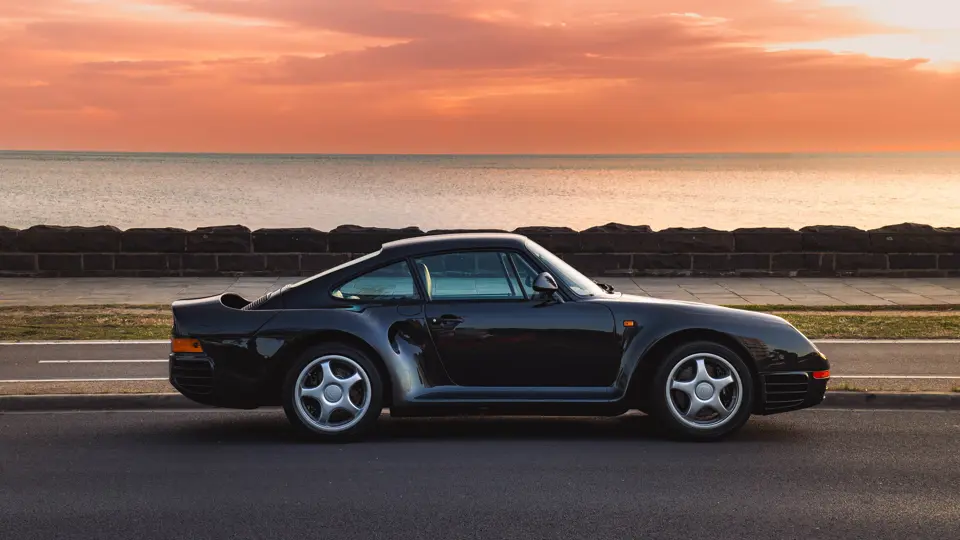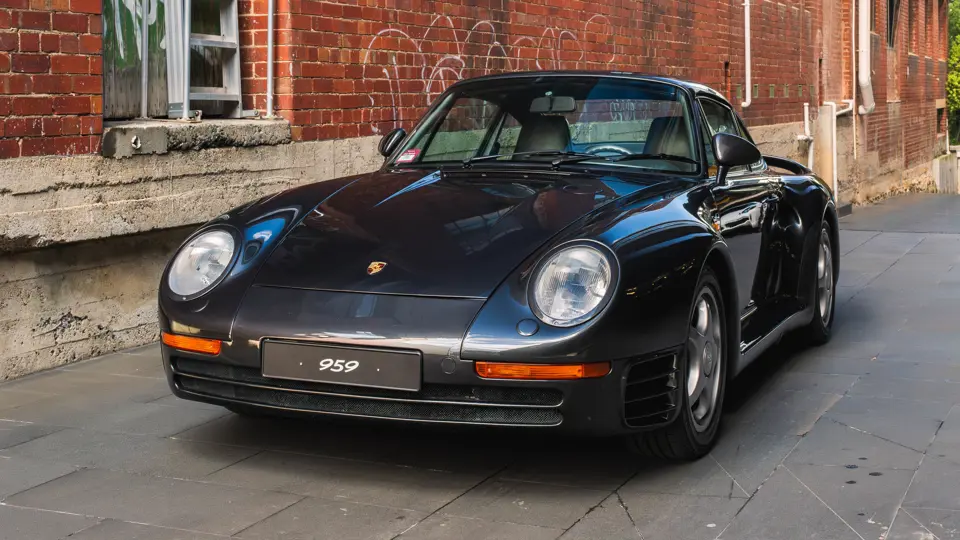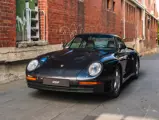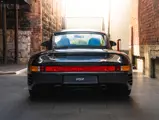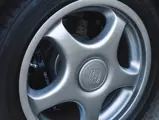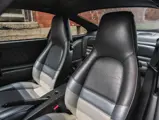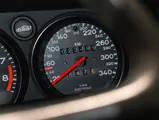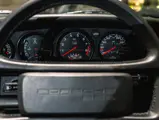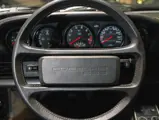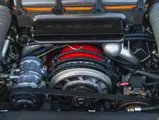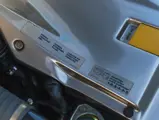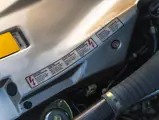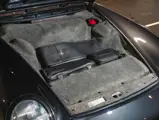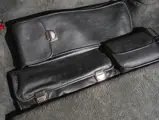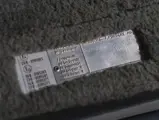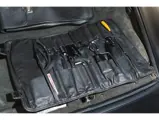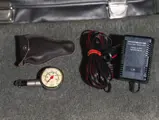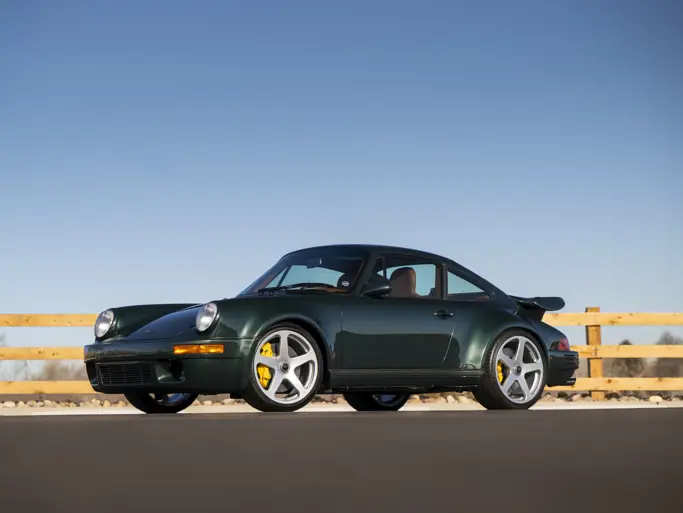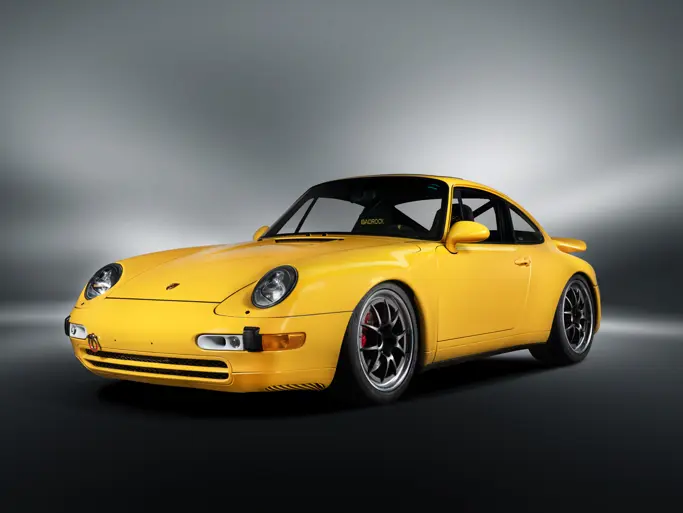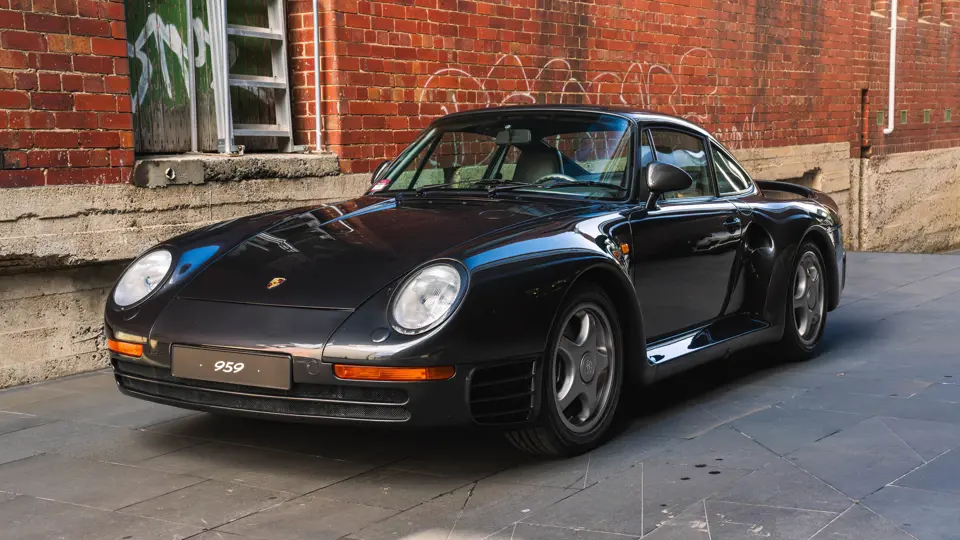
1988 Porsche 959 'Komfort'
{{lr.item.text}}
$1,765,000 USD | Sold
{{bidding.lot.reserveStatusFormatted}}
- One of only 292 standard-production examples; developed for the fearsome Group B homologation class of the 1980s
- Exceptionally well presented; believed to be one of only 31 factory finished in Graphite Metallic
- Showing 23,399 kilometers (14,540 miles) at time of cataloguing
- Equipped with a 444 horsepower, 2.85-liter twin-turbocharged flat six-cylinder engine and sophisticated all-wheel drive system
- Extensive servicing to manufacturer’s specifications by Porsche Centre Melbourne in 2022, including a full rebuild of the front and rear suspension
- Delivered new to Italy; accompanied by original Italian owner’s manual, warranty and maintenance book, tool roll, and assortment of service invoices
Porsche stunned the automotive world when it unveiled the 959 at the 1983 Frankfurt Motor Show. Identified internally as the Type 961, this new machine was to be the German automaker’s entry into the cutting-edge FIA Group B international rally championship arena, a no-holds-barred rally of the old school where practically any technology was permissible. This no-limits policy encouraged a long list of automakers to create incredibly powerful and extremely fast vehicles, all of which required production of at least 200 street-legal examples on which these rally specials could be based.
The 959’s chassis was set on the same 89.4-inch wheelbase as the 911 Carrera with the cabin’s center section, including its stamped floorplan, nearly identical to the 911. The front trunk lid and doors were aluminum; the extended nose section with almost flush headlamps was molded of polyurethane, and the remainder of the shell from fiberglass-reinforced Kevlar. Extensive ducting and venting in the nose to cooled the front brakes and oil radiator. The body’s rear section was greatly extended and widened, generously ventilated, and topped with a full-width rear wing.
Powering this advanced chassis was the true brilliance of the 959. A 2.85-liter, sequentially twin-turbocharged, double overhead camshaft, flat-six equipped with air-cooled cylinders and 24-valve, water-cooled heads. The engine was largely based on those used in the brilliant “Moby Dick” IMSA GT coupe and Porsche’s Indy open-wheel projects. Featuring a pair of asymmetrical turbochargers, each of them intercooled, this engine delivered seamless power, with a small turbocharger spinning up almost from idle to establish low-end boost, while the second exhaust-driven turbine came into play at 4,500 rpm. At full throttle and maximum boost, this relatively small engine produced a stunning 444 horsepower. Power was fed through a specially designed BorgWarner six-speed manual transaxle, which included an extremely low "gelände"—terrain—gear for use in off-road situations the Type 961 rally car might encounter.
The Porsche-Steur-Kupplung (PSK) all-wheel-drive system allowed the driver to vary the 370 pounds-feet of torque between front and rear axles, with up to 80 percent to the rear under hard acceleration, all managed electronically. The 959’s highly advanced suspension was also race-derived, with double wishbones at each corner, coil springs, and double shocks that could be adjusted by the turn of a knob from the driver’s seat. Both the ride height and shock damping were electronically adjustable, and a full array of instruments kept the driver in touch with everything going on behind and beneath.
Special 17-inch lightweight magnesium alloy wheels and model-specific run-flat tires were created for the 959, and the wheels included one of the first automatic pressure-monitoring systems. The antilock braking system featured large, ventilated discs.Most 959s were delivered as “Komfort” models, with an array of amenities, including full leather trim and air conditioning.
The 959 was an amazing performer. It could reach 60 mph in under four seconds and cover the standing quarter mile in about 12 seconds on its way to a 197-mph top speed, making it the fastest street-legal production car of its day. With the cancellation of Group B racing in 1986, the 959 continued as a customer road-car model, although it cost so much to build that Porsche is said to have taken a 50-percent loss on every car. By the conclusion of production in 1988, just 292 examples had been built.
The 1988 959 Komfort model offered here is believed to be one of only 31 finished in the less-common shade of Graphite Metallic, with a dark gray leather interior and optioned with a factory alarm system. Sold new to Italy, the car is reported to have been first owned by a Porsche executive who retained it for personal use. Stewardship of chassis number 149 then passed to an American Porsche collector who is reported to have brought the car to the United States and registered it for road use. By 2015, it had been acquired by luxury car broker Copley Motor Cars of Needham, Massachusetts, who commissioned a thorough mechanical restoration by marque specialists European Performance Engineering of Natick, Massachusetts. Documented work included a full rebuild of the 2.85-liter, twin-turbocharged engine, installing a new clutch and slave cylinder, as well as a new engine control unit for a total cost more than $120,000.
The car then made its way to Australia where, in 2022, it was entrusted to Porsche Centre Melbourne for a full service to manufacturer specifications. In addition to the usual fluid and brake tasks, Porsche Centre Melbourne also fully rebuilt the front and rear suspension systems, including new shocks and bump stops, for a final cost of over $19,000. Showing 23,399 kilometers (14,540 miles) at its time of cataloguing, chassis 149 has been driven less than 1,700 kilometers (1,056 miles) since its six-figure mechanical overhaul and engine rebuild in 2015. It is accompanied by its original Italian-language warranty and service and owner’s manuals, a factory tool roll, and an assortment of recent service invoices.
Renowned for its versatility, a car able to exceed even the most capable driver’s expectations on the track before shuttling them on everyday jaunts around town, the 959 remains a hallowed chapter in Porsche’s storied history. As the collector market increasingly fixates on rare or unusual color schemes and liveries, this impeccably maintained and beautifully presented example in its less-common, factory-correct Graphite Metallic finish will be of particular interest. Its unique specification, extensive recent sorting, and relatively low mileage surely put it at the top of its class.

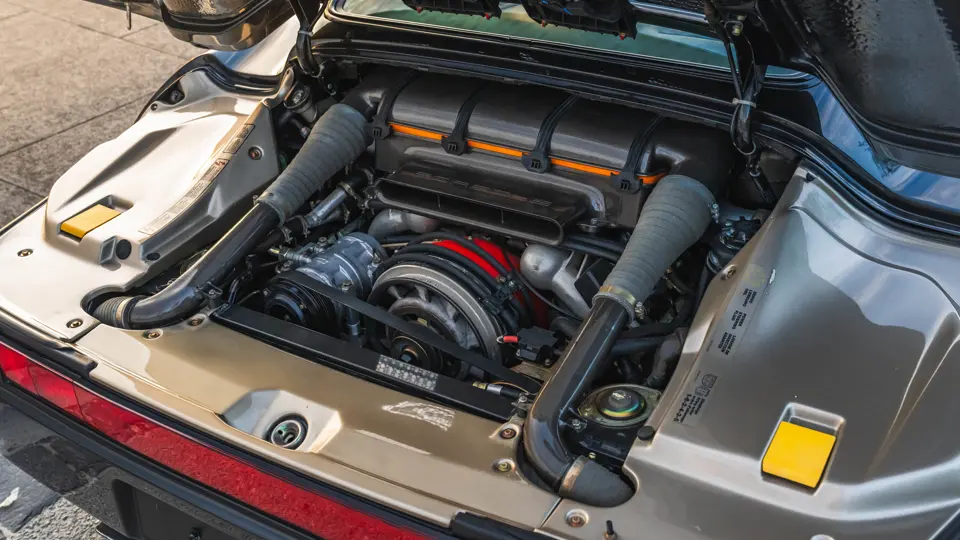


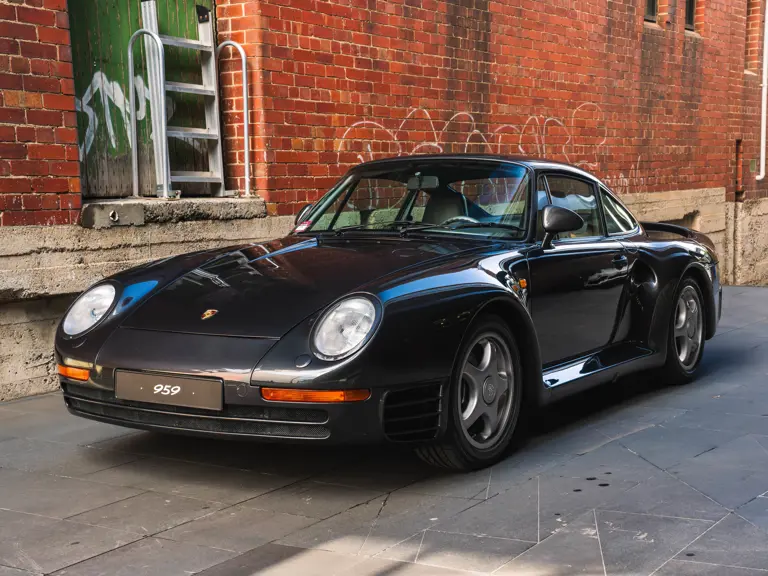
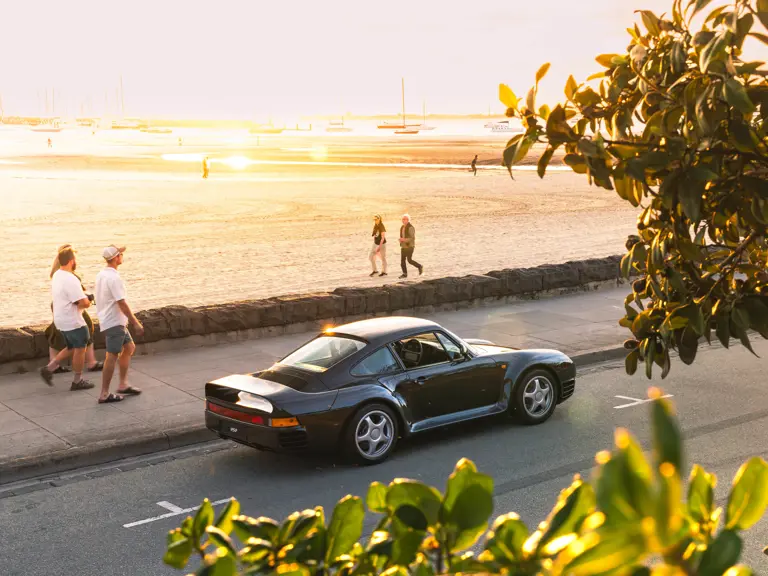
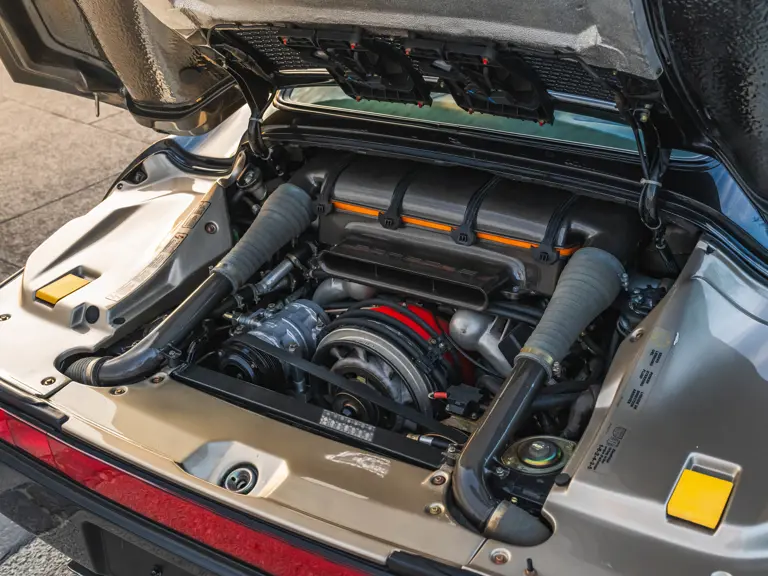
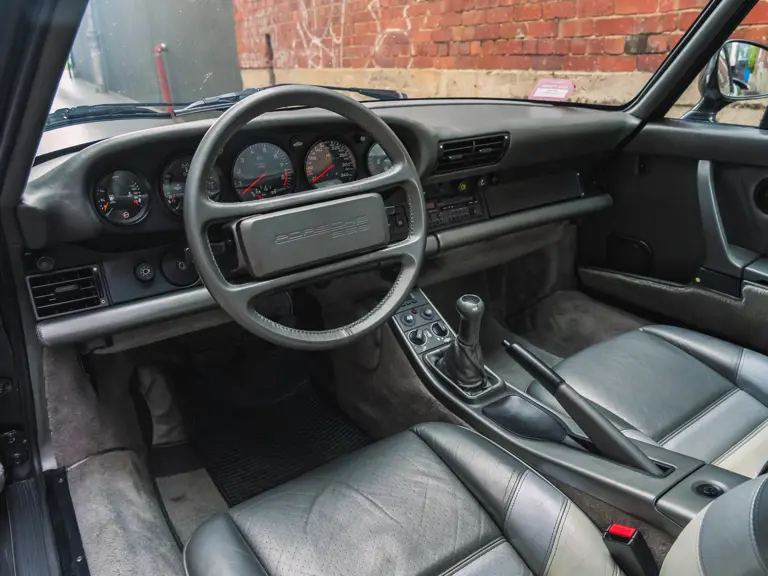
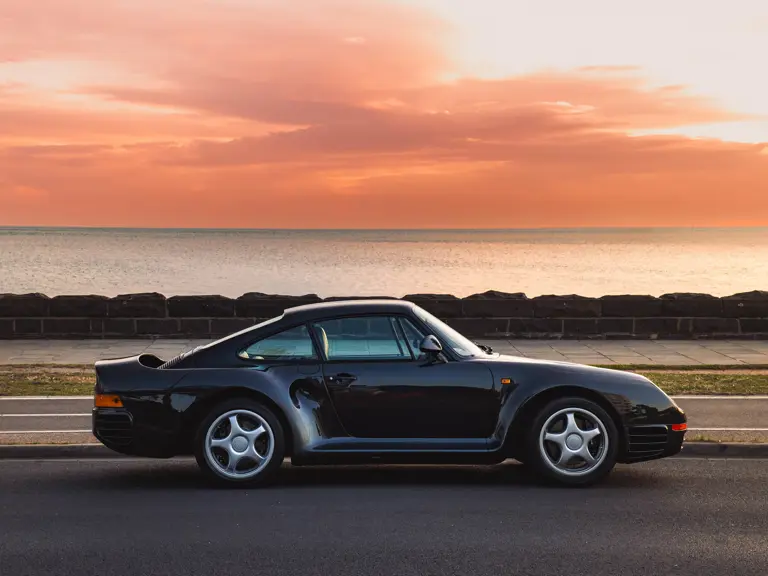
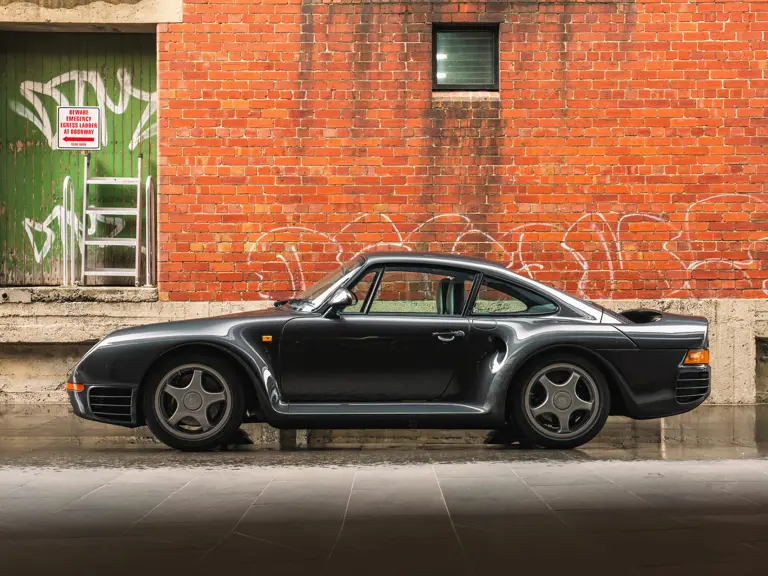

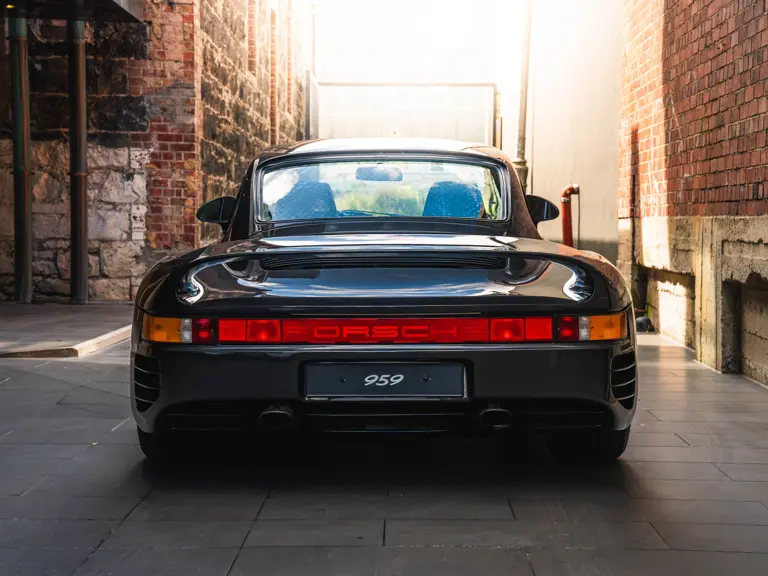

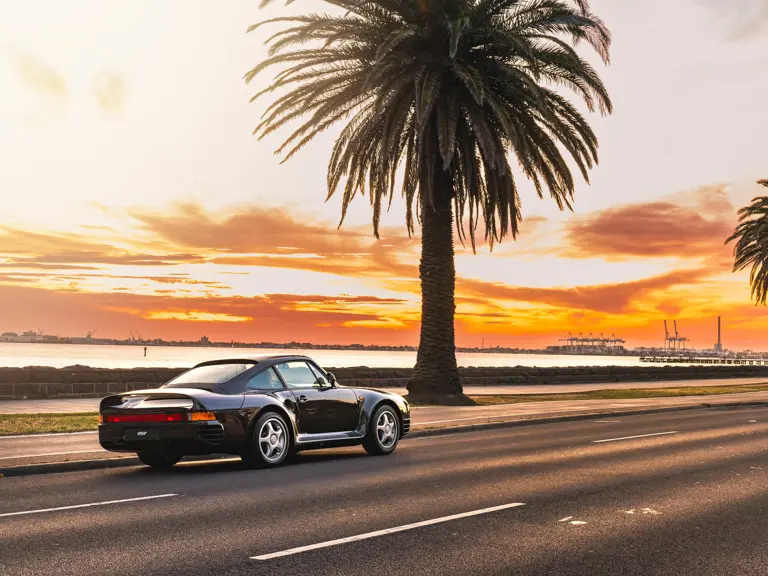
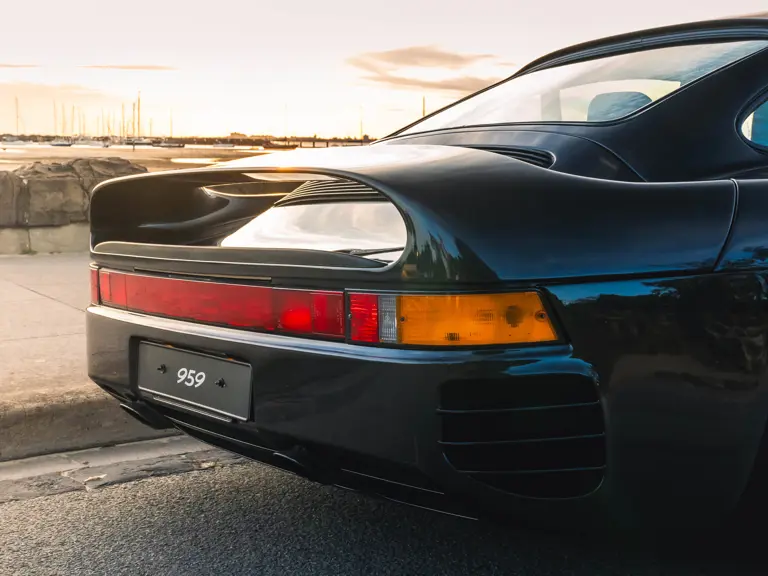

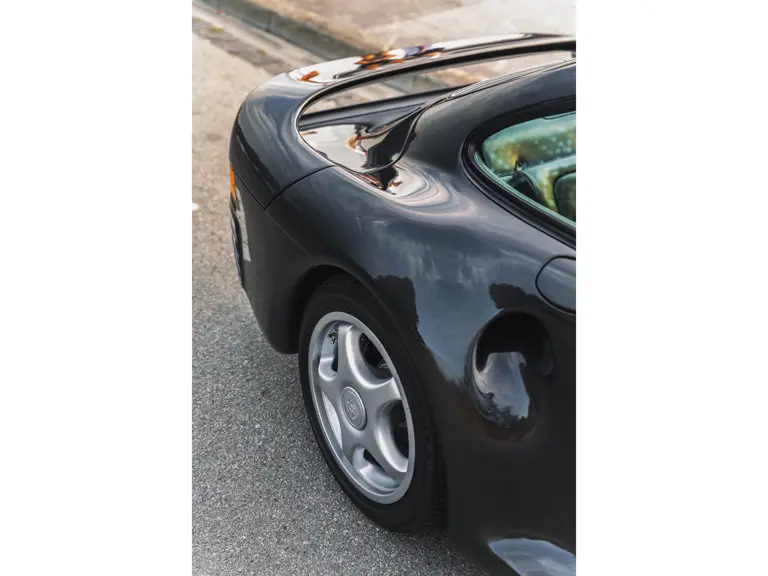

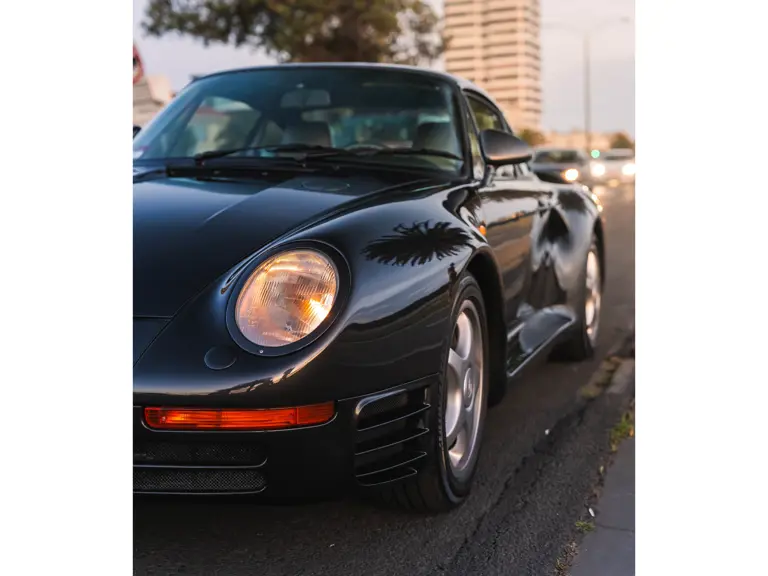

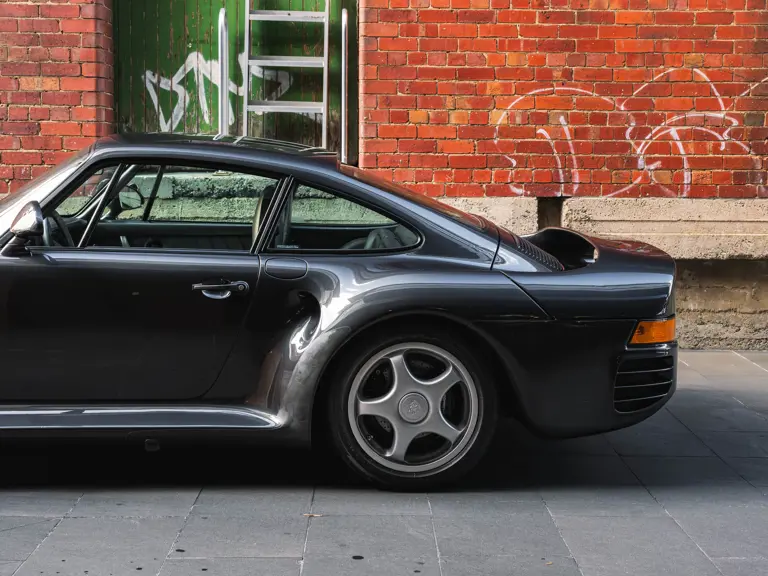
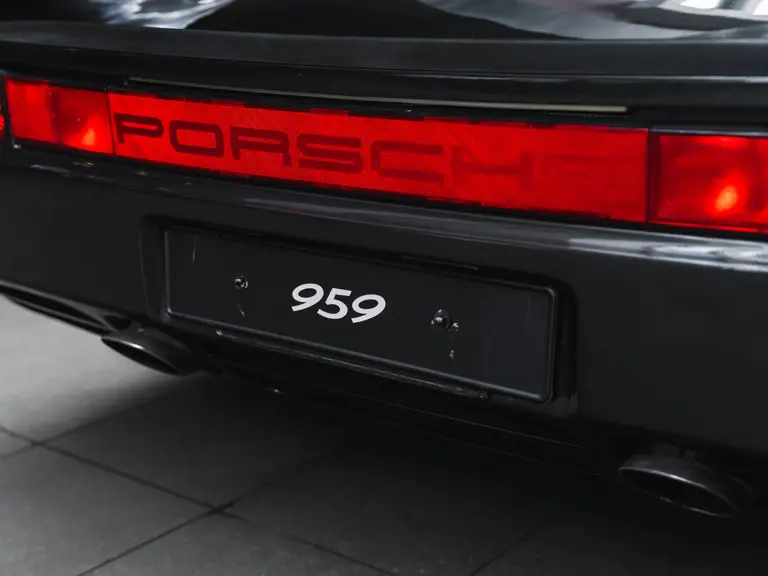

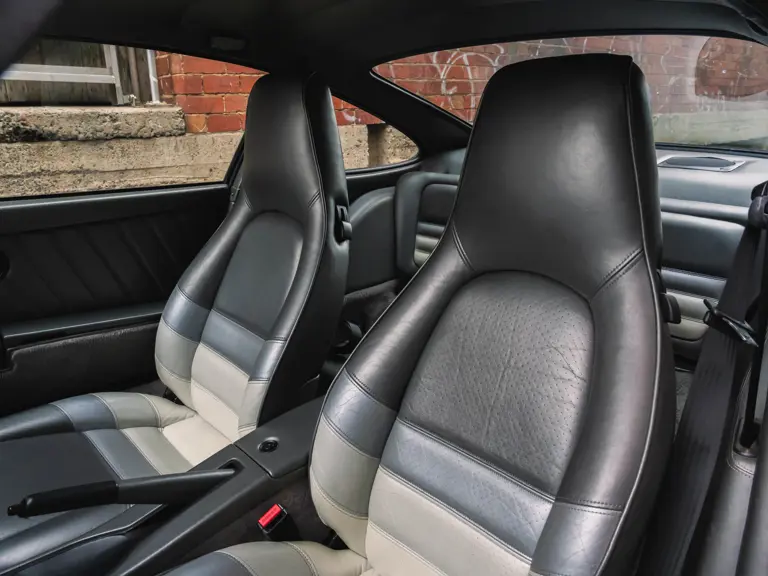

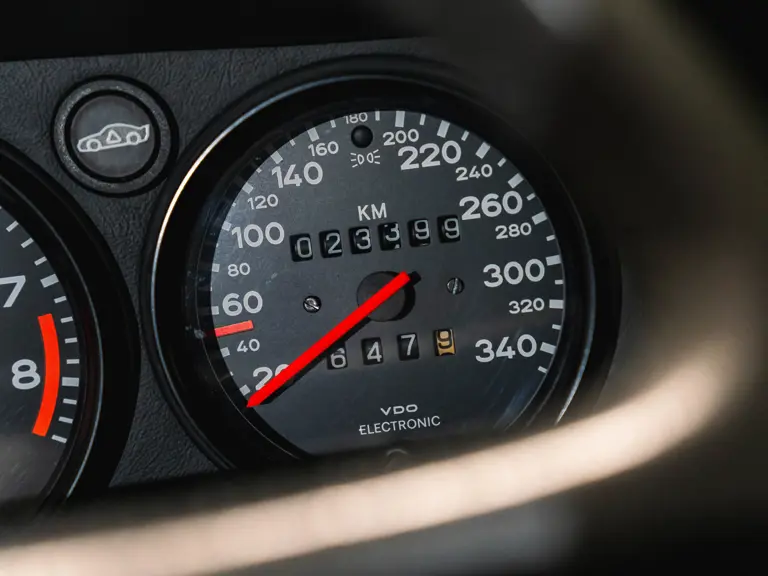

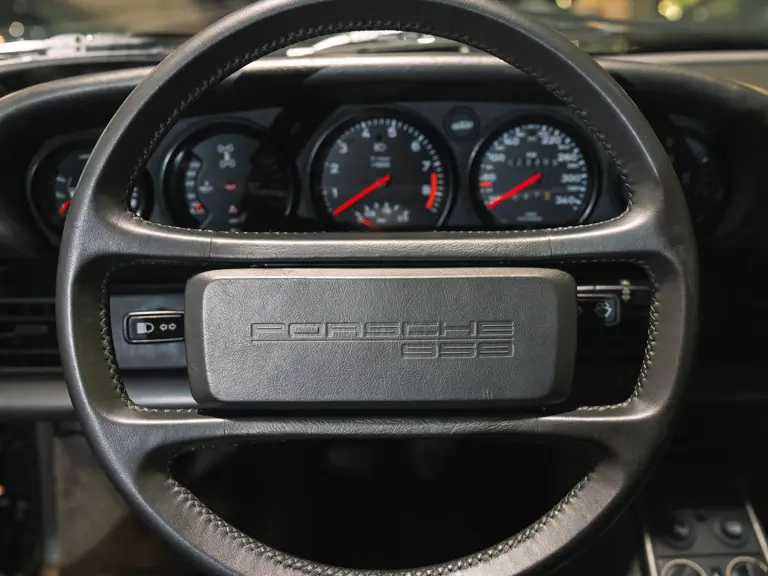
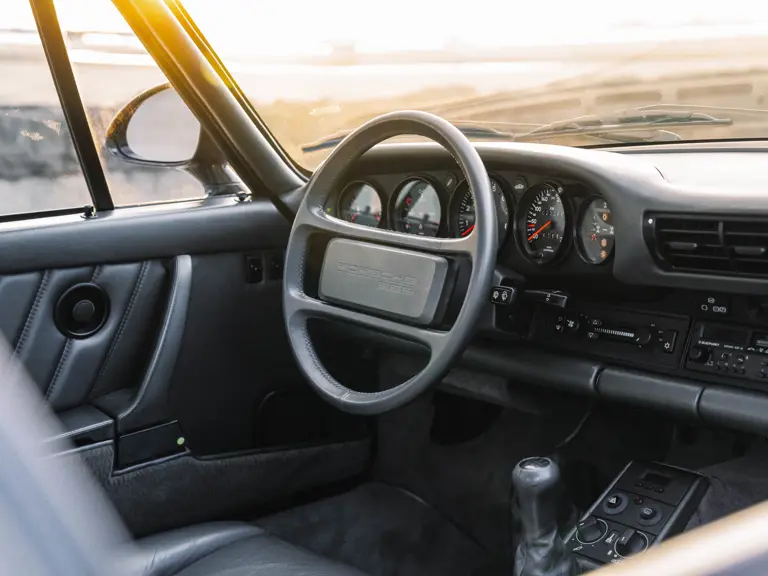
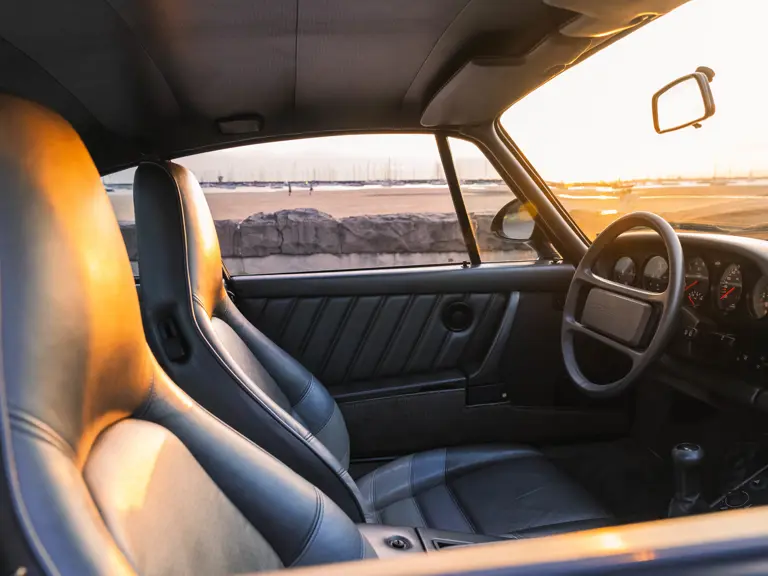
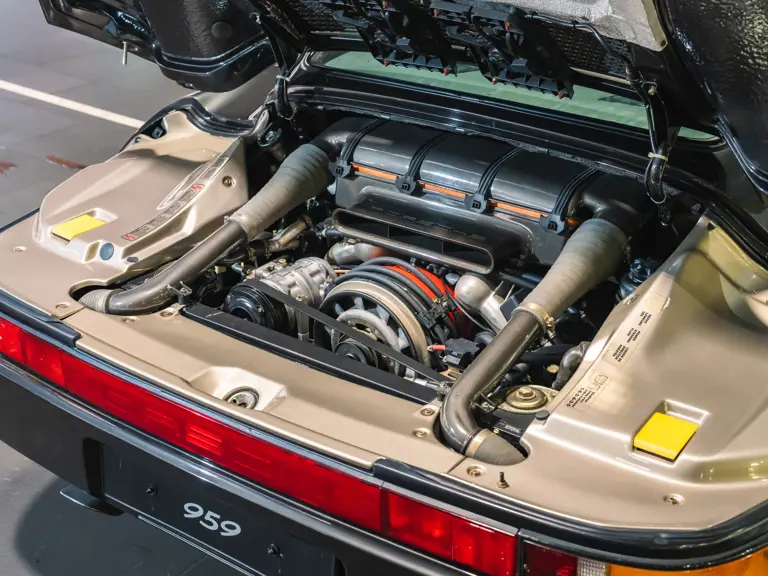
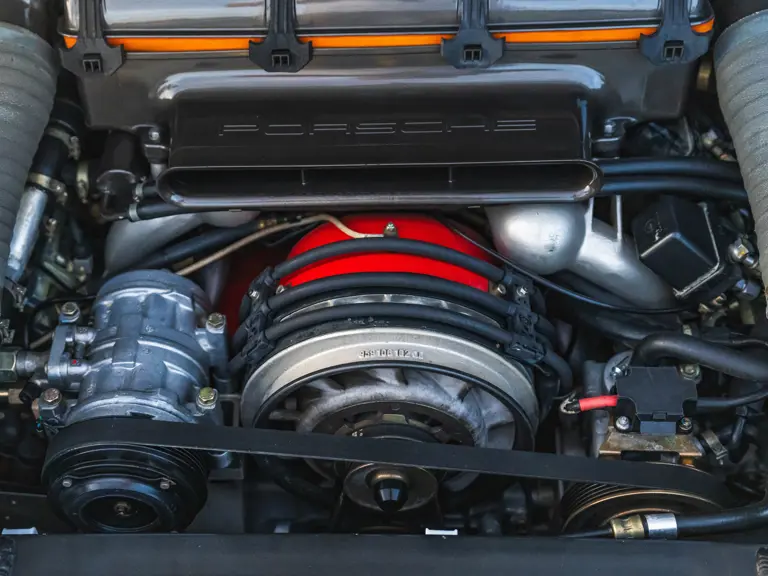
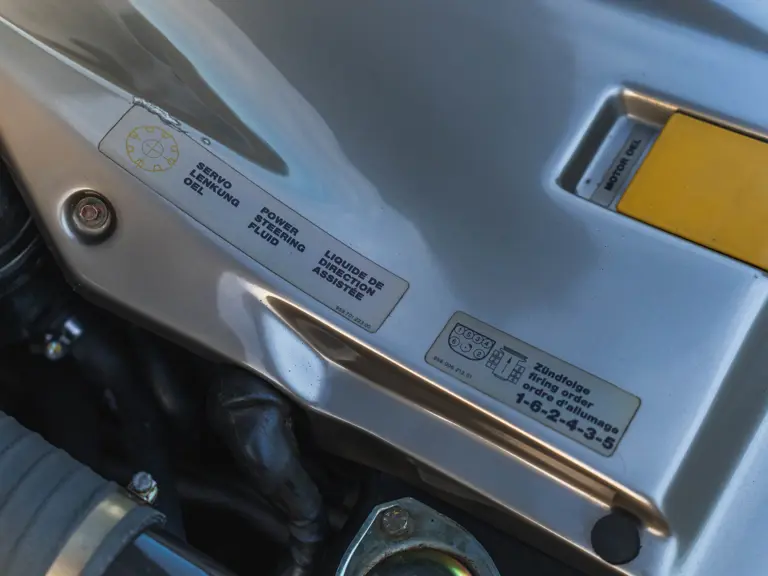
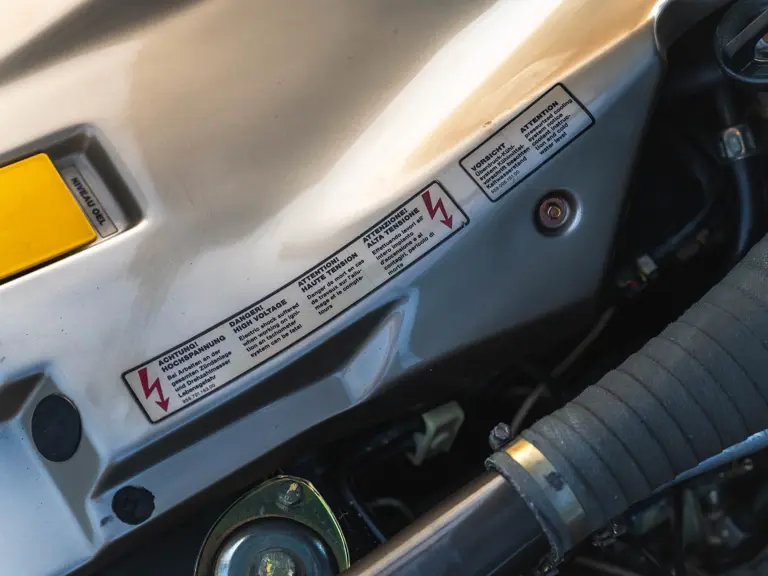
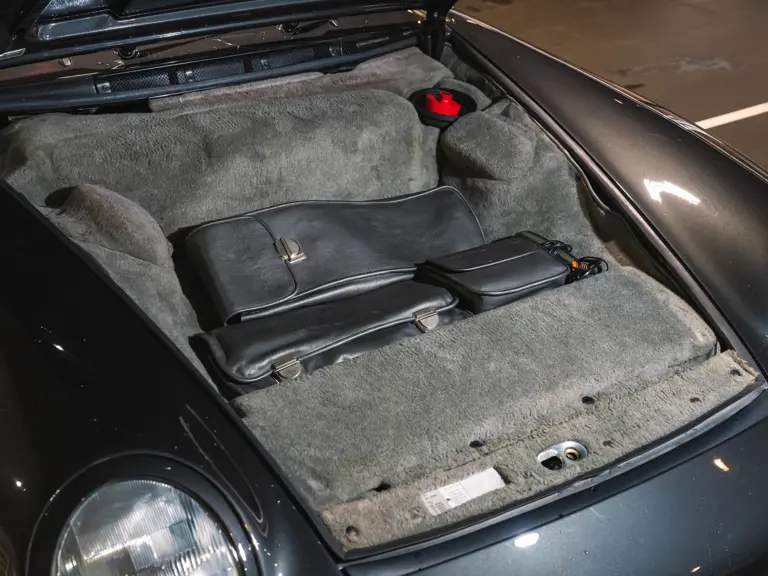
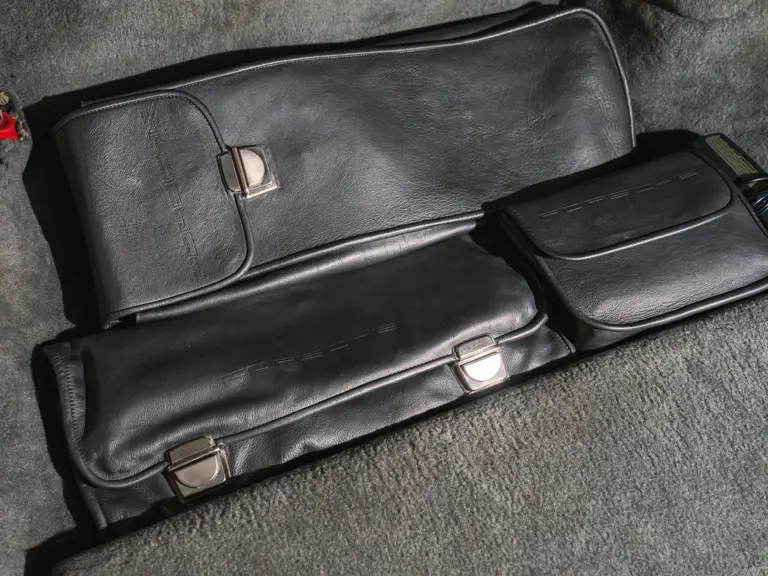
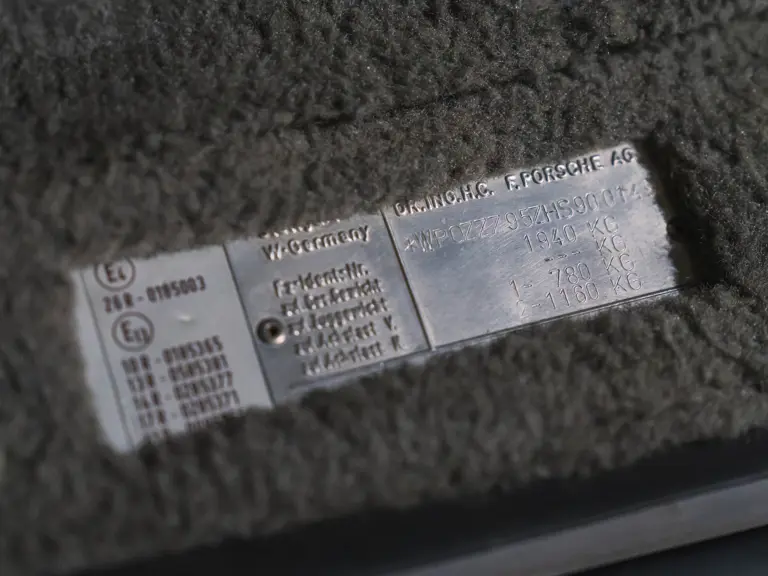
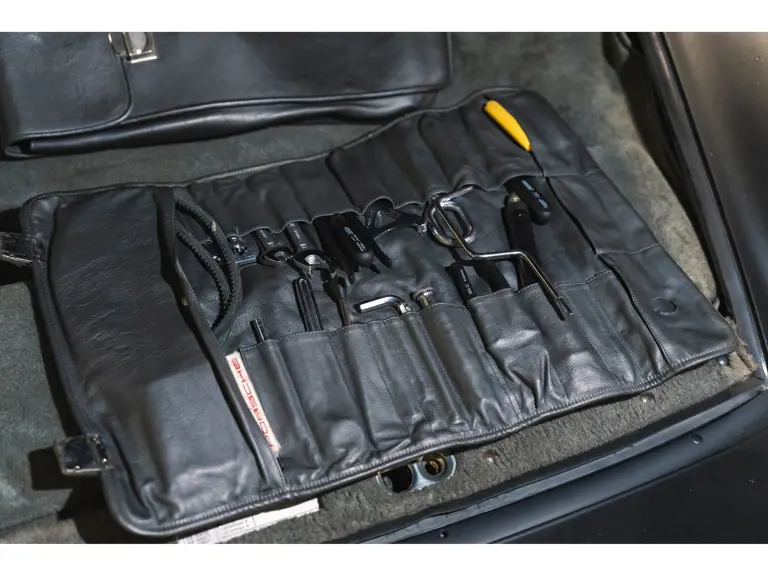
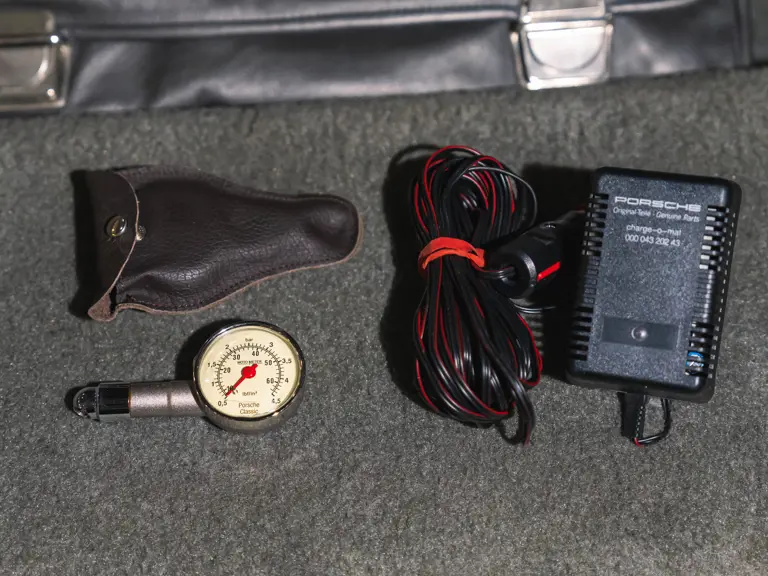

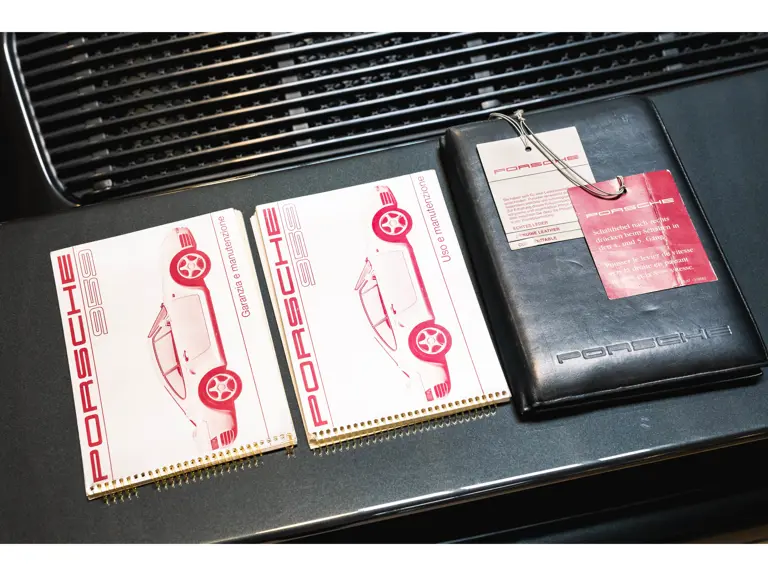
 | Las Vegas, Nevada
| Las Vegas, Nevada
